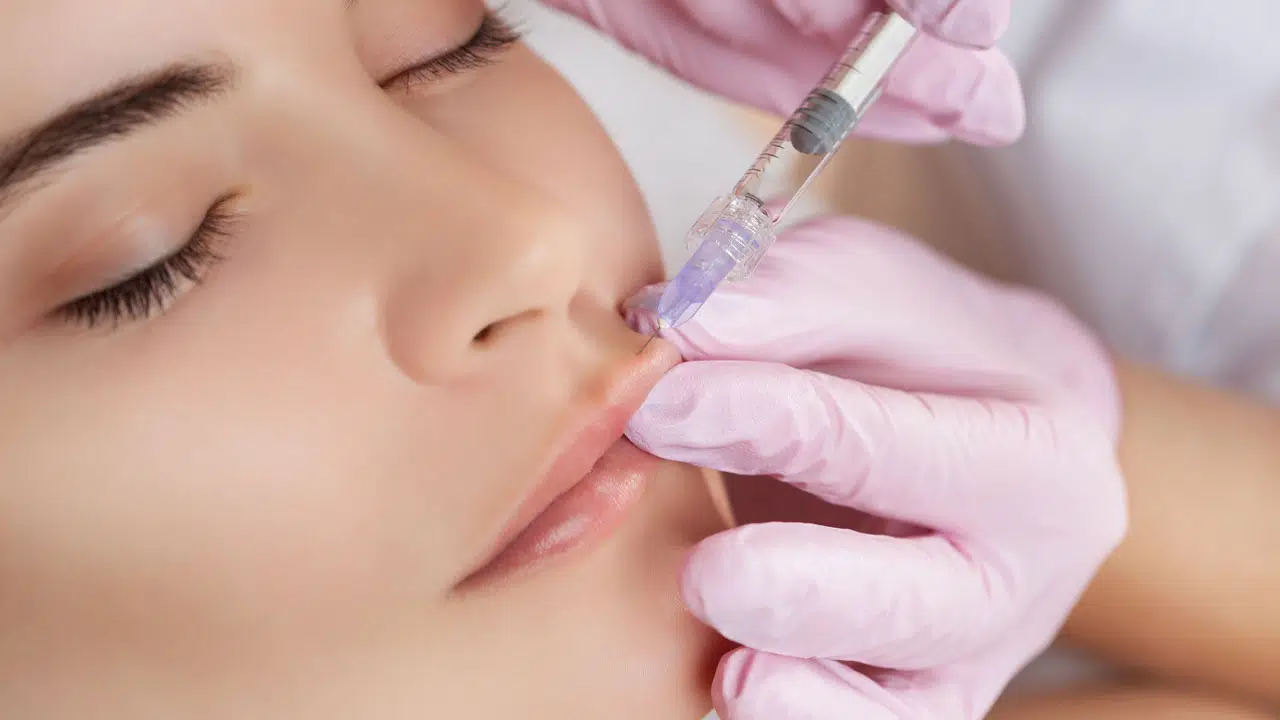
Botox is an injectable treatment derived from the neurotoxic bacteria Clostridium botulinum. The specific protein found in Botox, onabotulinumtoxinA, is isolated in a lab from the rest of the bacteria to make it safe for use.
Botox blocks the neurological signals that cause muscle contractions, relaxing the muscles. This mechanism is why Botox is widely used for cosmetic purposes, such as wrinkle treatments.
While Botox is often used for cosmetic or niche medical reasons, a growing number of dentists are using Botox as a part of multi-layered treatment plans.
Ways Dentists Use Botox
Though using Botox in dentistry is a relatively novel practice, it has shown great promise for treating various oral health conditions. Some of the ways that Botox is being used in dentistry include:
arafunctional Clenching
Parafunctional clenching is the unconscious clenching of the jaw. This often manifests as nocturnal bruxism (nighttime teeth grinding). Bruxism can lead to premature enamel wear, chips, cracks, and tooth decay.
Botox can be used to relax the muscles that control the jaw to reduce the impact of bruxism on the teeth and jaws.
Temporomandibular Disorder
TMD is a disorder of the jaw joints and connective tissue, which can result in a range of uncomfortable symptoms, including headaches, poor range of motion, dizziness, and pain in the neck and shoulders.
The cause of temporomandibular disorders is unclear, but Botox has been used to relieve the pain associated with the condition. This is believed to work due to Botox’s muscle-relaxing properties.
Trismus
Trismus, commonly called "lockjaw,” is a condition that significantly limits jaw mobility. Trismus is caused by muscle rigidity in the jaw; as a result, Botox can be effective in alleviating trismus symptoms.
Migraines from Dental Issues
Migraines can be a symptom of several oral health issues, including sleep apnea and teeth grinding. Botox is approved as a migraine treatment, and it can treat migraines by blocking neurotransmitters that trigger a pain response in the brain.
Denture Replacements
One of the disadvantages of dentures is the lack of jawbone stimulation. Because the denture plate sits on top of the gum tissue, the bone is resorbed into the body, which causes the dentures to no longer fit inside the mouth properly. This can also cause changes in lip positioning, so the patient cannot insert or secure the dentures.
Botox can be used to retrain the muscles controlling the lips to fit around the dentures to keep them in place.
Smile Makeovers
Botox and fillers like Juvederm are used as part of a smile makeover to aesthetically improve a patient’s smile. In addition to orthodontic treatments, restorations, and other cosmetic enhancements like veneers and whitening, your dentist can inject Botox into the upper lip to address a high lip line (gummy smile). Botox relaxes the lip muscles to achieve a more aesthetically pleasing smile line.
Juvederm fillers, which contain plumping hyaluronic acid, can then be injected into the fine lines around your mouth to give you a more youthful appearance, completing your smile makeover.
Botox Treatment at Valley Dental Care
Botox is a safe and effective treatment for numerous oral health conditions. Call Valley Dental Care at (630) 892-2193 to schedule a consultation if you believe you may benefit from Botox treatment.

